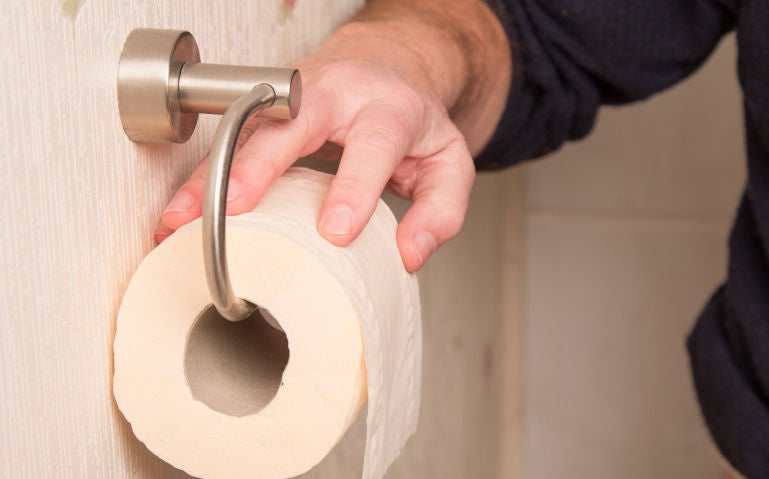
Piles, also known as haemorrhoids, are a normal part of our anatomy.
Did you know that haemorrhoids – or piles, as they are more commonly known – are actually a normal part of our anatomy?
Haemorrhoids are “vascular cushions” located inside our anal canals and they help us move our bowels, said Dr Mark Wong, Consultant Surgeon, Department of Colorectal Surgery, Singapore General Hospital (SGH), a member of the SingHealth group.
Unfortunately, the words “haemorrhoids” and “piles” have been misused in popular media, and are now taken to mean the disease. Haemorrhoids only become a problem – termed as symptomatic haemorrhoidal disease – when they swell excessively, and result in symptoms such as bleeding or pain, or if they protrude from the anus, said Dr Wong.
Experts are divided over the exact cause of haemorrhoidal disease. It is commonly associated with a sustained increase in intra-abdominal pressure, which can lead to the blood vessels becoming engorged. The pressure can be caused by excessive straining during bowel movements (made worse by constipation), pregnancy, or even severe diarrhoea.
Haemorrhoids may be classified as internal or external, depending on where they occur. True haemorrhoids are internal and only protrude when they swell excessively. External haemorrhoids are actually blood clots that are formed out-side the anus because of straining during bowel movements. The condition is more common among people between 25 and 50 years of age, and affects men and women equally.
Pregnancy may increase one’s risk of developing haemorrhoids, as the foetus puts greater pressure on the veins in the mother’s pelvis, and this can lead to swelling of the haemorrhoids, said Dr Wong. The risk increases as the foetus grows, and again during delivery when the mother is forced to strain and push. Thankfully, as with leg swelling during pregnancy, such haemorrhoids usually shrink after the baby is born.
When treating haemorrhoids, the primary goal is to restore them to their normal position in the anal canal, said Dr Wong. “Depending on the severity of the condition, treatment may involve just medications to reduce the swelling, or surgery to remove excessive tissue or both.”
Each treatment has its advantages. “It is important that a surgeon selects the best technique for each patient. The treatment has to be customised to optimise outcomes,” said Dr Wong.
Equally important is the identification and correction of any bad habits contributing to the symptoms, such as habitual straining and spending an unnecessarily long time on the toilet bowl (to read, for example). Consuming moderate amounts of dietary fibre and adequate fluids daily to prevent hard stools can help many patients avoid surgery.
Treatment options for haemorrhoidal disease
Mild
Mild symptoms can be relieved by moderating the intake of dietary fibre, including fruit, vegetables and cereals, as too much or too little can result in hard stools. Doctors may also recommend medication such as creams and ointments.
Persistent
For persistent bleeding or painful haemorrhoids, minor procedures may be needed. These include:
- Rubber band ligation, where a doctor places up to three tiny rubber bands around the base of an internal haemorrhoid to cut off its circulation. The haemorrhoid will then wither and fall off within a week.
- Sclerotherapy, where the doctor injects a chemical solution into the haemorrhoid tissue to shrink it.
Serious
In more serious cases or those that don’t respond to the less invasive measures, surgery is performed. These operations, usually done as day procedures, include:
- Conventional haemorrhoidectomy, where excessive haemorrhoidal tissue is surgically removed.
- Haemorrhoid stapling, where a special device is used to staple and remove excessive haemorrhoidal tissue.
- Transanal haemorrhoidal dearterialisation, where a customised ultrasound device is used to accurately identify the location of the haemorrhoidal blood vessels. The vessels are then stitched up to cut off the blood supply and reduce the swelling and bleeding.
Ref: S13
Contributed by















 Get it on Google Play
Get it on Google Play